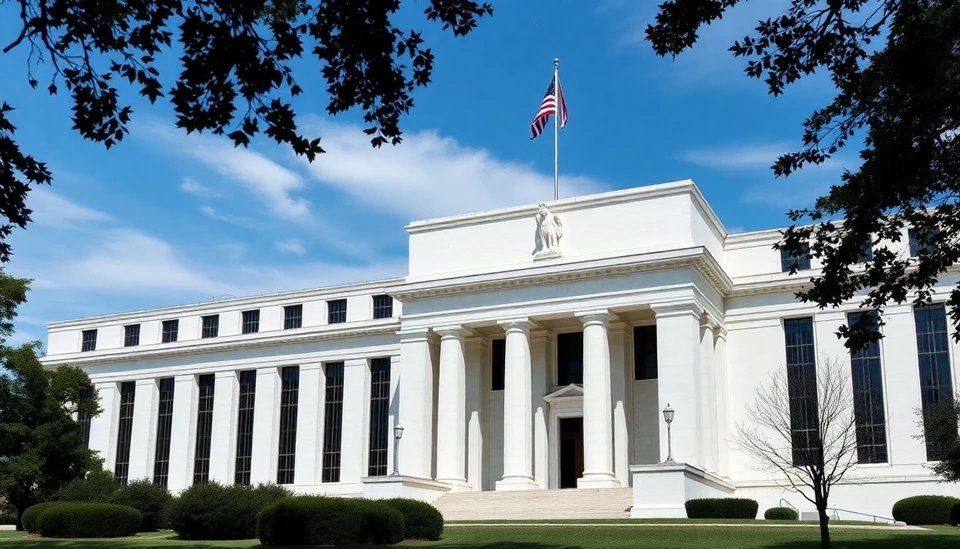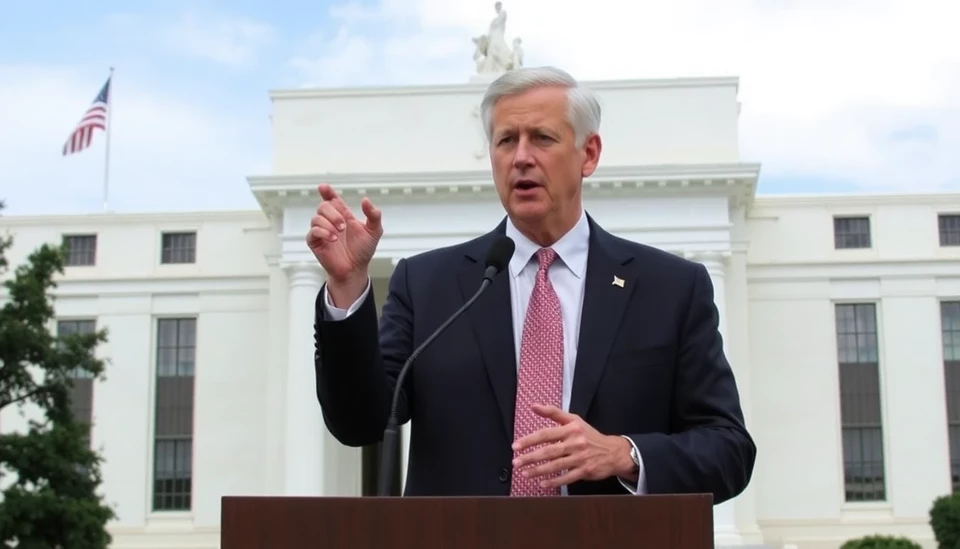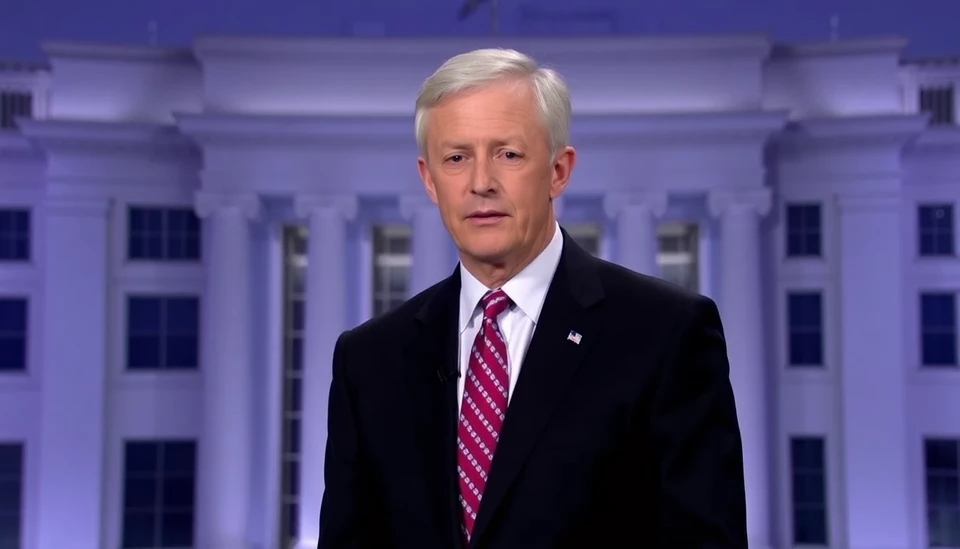
As the financial world braces itself for pivotal developments, the Federal Reserve has announced its decision to hold interest rates steady during its latest meeting. This decision comes on the heels of significant economic fluctuations and rising concerns regarding inflation, signaling the Fed's cautious approach in navigating the uncertainty surrounding the U.S. economy.
The Fed’s decision reflects its aim to balance the dual objectives of controlling inflation while simultaneously not stifling economic growth. With inflation rates remaining a focal point, the Fed believes that keeping rates unchanged will provide the necessary stability while it continues to monitor various economic indicators closely.
Market analysts have noted that this stance is particularly crucial as questions loom over economic indicators such as employment rates and consumer spending. The Fed aims to avoid a sharp increase in borrowing costs that could hinder consumer confidence and spending—two elements vital for sustained economic growth.
As the Fed convened, all eyes were also on the impending decision regarding former President Donald Trump’s political future and its potential implications for the economy. Market participants are acutely aware that shifts in political dynamics can heavily influence economic policy and, consequently, the Federal Reserve’s strategies.
The central bank is not only contending with ongoing inflation but also with the impact of potential political changes that could arise in the near future. The anticipation surrounding Trump’s decision day influences market sentiment, making it imperative for the Fed to remain vigilant as it strategizes its next steps. These considerations underscore the delicate interplay between politics and economic policy in shaping market conditions.
The Fed’s consistent messaging over its willingness to adapt based on economic realities reinforces a commitment to its independence in its operations. This independence is crucial, especially in a political climate that could sway rapidly based on external pressures. Analysts suggest that sustaining its current course may be a safety net, providing a buffer against unforeseen economic or political shocks.
In conclusion, the Federal Reserve’s choice to maintain the status quo on interest rates reflects a broader strategy of cautious optimism. As it navigates an intricate web of economic challenges, political factors play an essential role in shaping the path forward. Investors and market participants alike will be watching closely as both economic indicators evolve and political scenarios unfold.
Staying informed will be vital as the impact of these financial decisions reverberates across the economy. The delicate balance that the Fed is striving for will be critical in sustaining growth while addressing inflation, making the road ahead an essential topic for discussion in the realms of finance and politics.
#FederalReserve #InterestRates #EconomicStability #Inflation #TrumpDecision #MarketWatch
Author: Laura Mitchell




